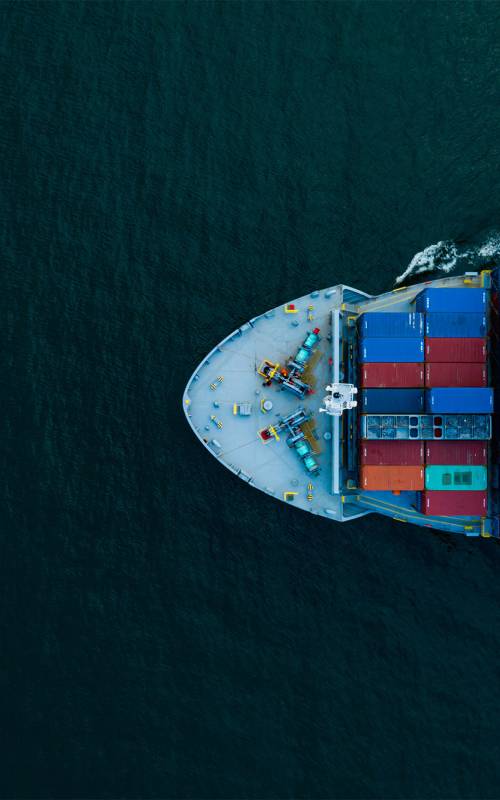Information on heavy cargo carriers
A heavy cargo carrier is a special ship designed and built for the transport of particularly heavy parts. The pioneers of the heavy lift transport by heavy-lift carriers are the Hansareederei and the Stülckenwerft. In the 1950s, the Hansareederei, one of Bremen's major shipping companies, was entrusted with the transport of particularly heavy packages, for example to India and Pakistan. At that time, the heavy lift freighters were loaded with heavy shipyard equipment or entire locomotives. For this purpose, the Hansareederei had special heavy lift project carriers built, which had so-called inverted masts and inverted crockery.
Immense performance of the heavy lift gear
Today's heavy lift project carriers have lifting equipment capable of lifting a weight of more than 1000 tons. These include special tower cranes. This is made possible by special ballast equipment whose extremely fast working pumps always keep the heavy lift project carrier in a stable position. In addition, the vessels are equipped with ramps for loading by roll on - roll off principle.
Built for goods outside the consumer market
heavy lift vessels are used in a market environment that is very different from other markets, such as tanker, bulk or container transport. Heavy lift carriers do not transport consumer goods, but capital goods, for example large and heavy plant components of a power plant. The heavy lift cargoes transported are always single loads. Therefore, in contrast to container giants, heavy-lift carriers are relatively small. As these are non-standardised cargoes, extremely high demands are placed on the skills of the ship's personnel.



